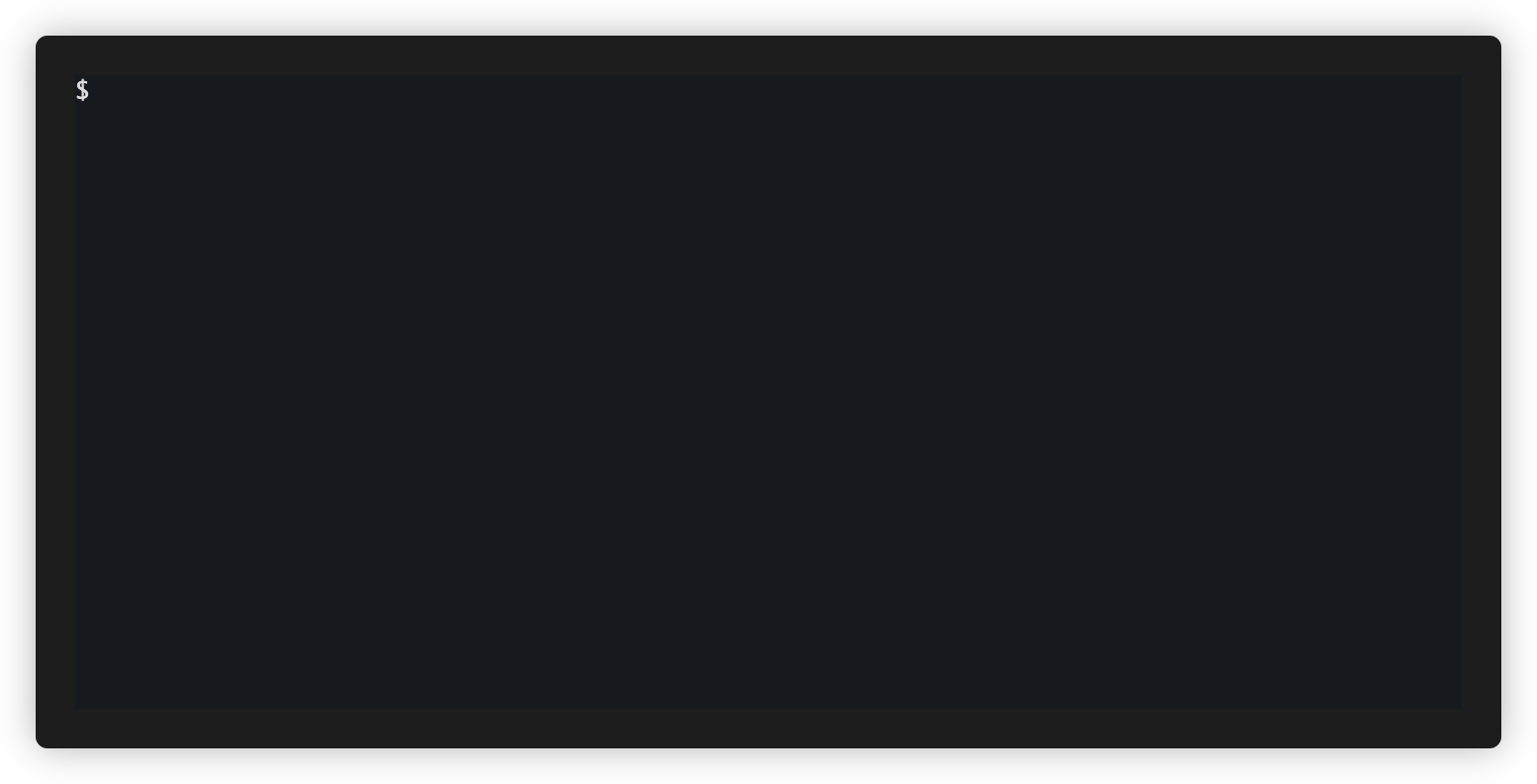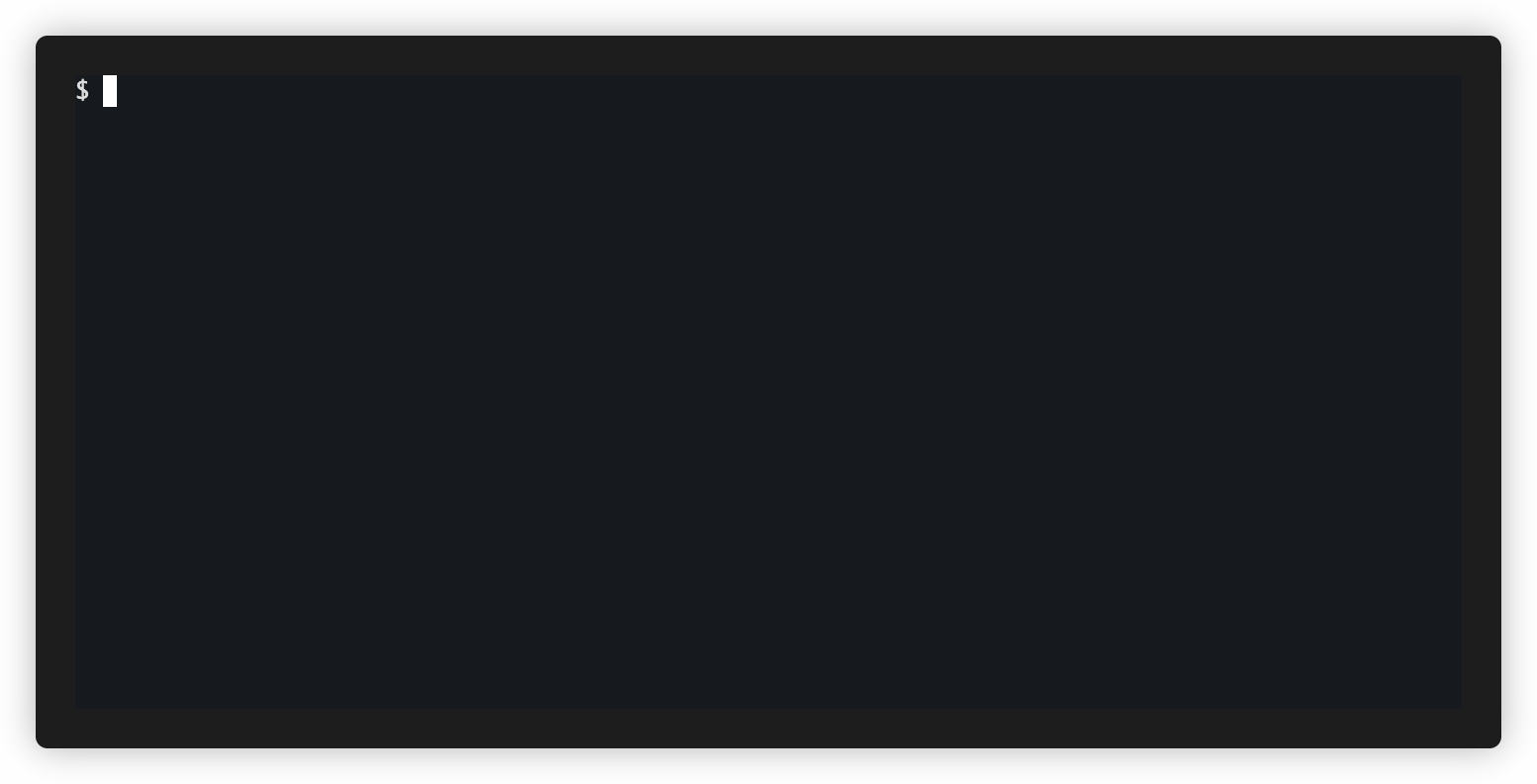Easyborg is a simple frontend for the awesome BorgBackup (aka Borg) with fzf for user input.
This project is currently in beta phase.
You have the choice between Homebrew / Linuxbrew or Python pipx.
brew tap sebastianhaberey/easyborg
brew install easyborg
pipx install easyborg
NOTE You'll need a Python installation for pipx. Also make sure you have BorgBackup and fzf installed.
Easyborg doesn't provide any commands for creating repositories. It's easy to do with Borg, and you only have to do it once. For Easyborg to access a repository, you must set up BORG_PASSCOMMAND or any other of the environment variables Borg supports. If you succeed, you can access your repository without password prompt:
$ export BORG_PASSCOMMAND = "cat /Users/example/passphrase.txt"
$ borg list /Volumes/HD/backup
2025-11-13T17:46:47-F1AC35F6 Thu, 2025-11-13 17:46:47 [7b9fd68dd8e991ea9fd598ca015e10266498afc156969ccdfe67149124fd27cc]
2025-11-14T20:20:25-2965DCFB Fri, 2025-11-14 20:20:25 [33539a1e5f2b83852cf5396ed442531d6b5d4cb2137522280285725c3ea5df48]
- If you're asked for a SSH password, set up access to your server via SSH key.
- If you're asked for a Borg repository password, set up BORG_PASSCOMMAND.
NOTE Be sure to chmod 600 your passcommand file to prevent others from accessing it.
Once that works, you can add the environment variable to Easyborg's configuration file (see below).
Minimal configuration example:
backup_folders = [
"/Users/example/Documents",
]
[environment]
BORG_PASSCOMMAND = "cat /Users/example/passphrase.txt"
[repositories.BACKUP]
type = "backup"
url = "/Volumes/HD/backup"
Call easyborg info to generate a quickstart configuration file with a bunch of other settings for demonstration. The path to the new configuration file will be listed in the output:
$ easyborg info
Configuration:
Config dir /Users/user/Library/Application Support/easyborg/default
Config file /Users/user/Library/Application Support/easyborg/default/easyborg.toml
Log dir /Users/user/Library/Logs/easyborg/default
Log file /Users/user/Library/Logs/easyborg/default/easyborg.log
Log level INFO
...
If you're on a modern terminal, you may be able to click on a path to open it (Ctrl + click on iTerm2). Open the configuration file, keep and change the settings you like, delete those that you don't need. Verify your settings by calling easyborg info again.
Easyborg currently supports six main commands: backup, archive, restore, extract, delete and replace. Use
$ easyborg --help
for details on these and some utility commands.
Easyborg makes a distinction between backup and archive.
| Purpose | Data Type | Data State | Trigger | Retention | Example | |
|---|---|---|---|---|---|---|
| Backup | recovery | current | changing | automatic | days to months | Thunderbird profile |
| Archive | preservation | historical | stable | manual | years to forever | Documents folder |
If you enable automatic backups, Easyborg will create a snapshot of all configured folders in each configured backup repository every full hour. Meaning at 12:00, 13:00 and so on. Then, snapshots are pruned to save space. So after the 13:00 snapshot is written, the 12:00 snapshot will be deleted. A selection of snapshots will be retained:
- the last snapshot of the day for the past seven days
- one snapshot per week for the past three months
Any snapshot older than three months will be deleted.
NOTE Pruning only occurs when easyborg backup is called, manually or automatically. If you don't call it, your existing snapshots won't be touched.
With Easyborg you create a snapshot in each configured archive repository whenever you want. For example if you decide to tidy up your Documents folder, a resonable strategy would be:
- Delete all files you want to get rid of (especially big files)
- Archive the remaining files using easyborg archive
- Delete all files you want to keep but don't need for your daily work
That way, you start with a nice clean slate and still have all the documents you might need for later reference stored away in your archive repositories. Of course you can follow a different approach. It's up to you what to archive and when.
NOTE Archive snapshots are never pruned automatically. If you want to delete an archive snapshot, use easyborg delete.
If you backup or archive a folder, e.g.:
/Users/user/Documents
it will be stored in the snapshot as:
Users/user/Documents
When you restore or extract the folder, it will be written to the current working directory:
<CWD>/Users/user/Documents
This is a safety feature. If you do want to overwrite the original folder, you can
- go to its parent folder (/ in the example) and run the restore action there, or
- remove the original folder and move the restored one (recommended)
| Easyborg | Meaning | Borg |
|---|---|---|
| Snapshot | immutable point-in-time view of data | Archive |
| Backup Repository | storage of snapshots intended for recovery | Repository |
| Archive Repository | storage of snapshots intended for preservation | Repository |
| Snapshot Location | Borg-style snapshot reference (repository_url::snapshot_name) |
Archive Location |
| Repository URL | Borg-style repository reference (local or remote) | (same) |
| backup (command) | create snapshot in backup repository | borg create |
| archive (command) | create snapshot in archive repository | borg create |
| extract (command) | fetch selected items from snapshot | borg extract |
| restore (command) | fetch entire snapshot | borg extract |
Even though I'm doing my best, and there's an automatic test suite that covers the critical functionality on Linux and macOS, errors can happen. Use this application at your own risk. It is highly recommended to start with fresh repositories to avoid data loss.

